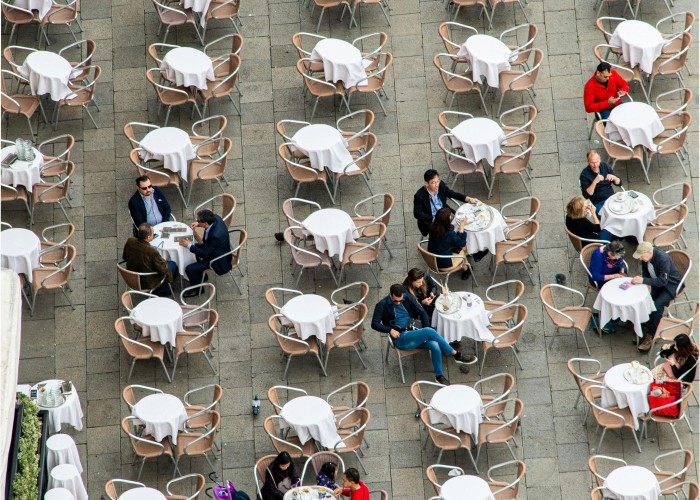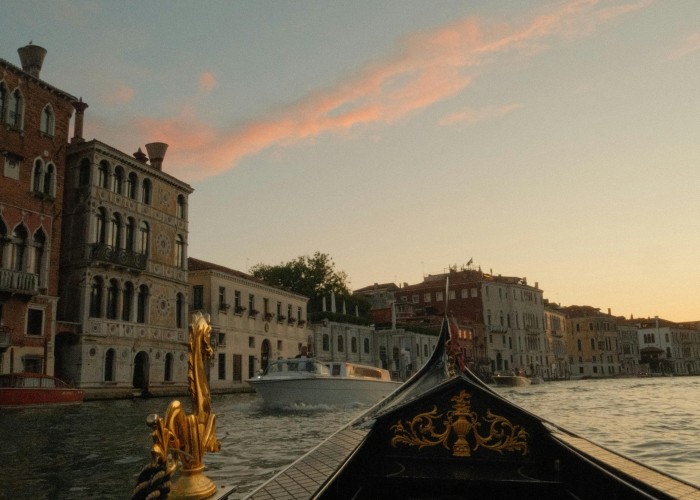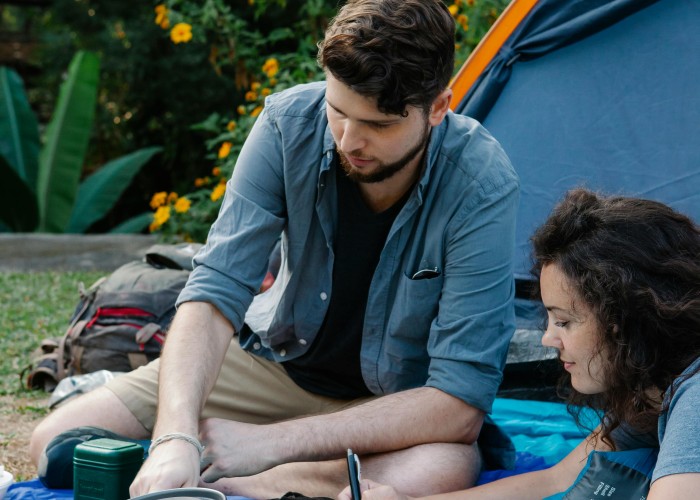Visit Our In-Demand General Blog
Visit Our In-Demand Tour & Travel Blog
Let’s continue to the blog..
Italy is renowned for its delicious food, regional specialties, and vibrant dining culture. For tourists, enjoying a meal in Italy is more than just eating—it’s about immersing yourself in tradition, savoring every bite, and respecting local customs. Dining etiquette may vary slightly by region, but understanding general practices can enhance your experience and help you feel more comfortable in Italian restaurants. Dining in Italy.
This guide covers everything you need to know about restaurant etiquette in Italy, including ordering, table manners, tipping, and cultural tips to ensure a smooth dining experience.
Italian Dining Culture
In Italy, meals are a social affair, often enjoyed slowly with family, friends, or colleagues. Italians value fresh ingredients, regional recipes, and the art of presentation. Meals are typically divided into courses:
- Antipasto: Appetizers such as cured meats, cheeses, or bruschetta
- Primo: The first course, usually pasta, risotto, or soup
- Secondo: The main course, often meat or fish
- Contorno: Side dishes, usually vegetables or salads
- Dolce: Desserts like tiramisu or gelato
- Caffè: Espresso or coffee after dessert
- Digestivo: Optional after-dinner liquor, such as limoncello
Understanding this structure can help tourists navigate menus and order appropriately without confusion. Dining in Italy.
Making Reservations
While not always required, making a reservation is recommended for popular restaurants, especially in cities like Rome, Florence, or Venice. Key points include:
- Call or book online: Most restaurants accept reservations via phone or website
- Specify dietary needs: Mention allergies or preferences when booking
- Arrive on time: Italians value punctuality, though casual dining may allow for a short delay
Walk-in diners are often accommodated, but during peak hours, reservations are safer.
Entering the Restaurant
When entering a restaurant:
- Greet politely: A simple “Buongiorno” (good day) or “Buonasera” (good evening) is customary
- Wait to be seated: Some casual trattorias allow seating yourself, but in most restaurants, a host will guide you
- Respect dress codes: While Italy is generally casual, many upscale restaurants prefer smart casual attire
Ordering Etiquette
1. Menu Reading
- Menus may include antipasti, primi, secondi, and dolci, sometimes with wine pairings
- Italians typically order one course at a time, unlike buffet-style meals elsewhere
2. Asking for Recommendations
- Politely ask your waiter for house specialties or popular dishes
- Avoid demanding substitutions, as Italian chefs often prepare dishes with specific ingredients
3. Ordering Wine and Drinks
- Italians enjoy local wines, often paired with meals
- Sparkling water, still water, or espresso may also accompany food
- Waiters usually pour water first; tipping on drinks is minimal
4. Portion Sizes
- Italian portions are often smaller than in some other countries
- Avoid ordering multiple first courses; a typical meal includes primo, secondo, and dolce
Table Manners
Good table manners are essential to show respect and enjoy the experience:
- Hands on the table: Resting hands on the table, not in your lap, is polite
- Cutlery use: Fork in the left hand, knife in the right; keep hands visible
- Bread etiquette: Break bread with your hands; avoid buttering large slices on your plate
- Sharing dishes: Usually only share if the server or host suggests it
- No rush: Meals are meant to be leisurely; enjoy conversation and ambiance
Interacting with Staff
- Polite greetings: Always say “Grazie” (thank you) and “Per favore” (please)
- Avoid shouting: Speak at a normal volume; Italian waitstaff value respect
- Payment protocol: Waiters often bring the check when requested, not automatically
- Separate checks: Ask politely if you want to split the bill; not all restaurants offer this by default
Tipping in Italy
Tipping practices in Italy differ from other countries:
- Service charge included: Many restaurants add a 1–3 euro per person service charge (“coperto”)
- Optional extra tip: Leaving 5–10% is generous but not mandatory
- Cash is preferred: Small tips in cash are appreciated more than rounding up on a card
- Bar service: In cafes, leaving small change (50 cents to 1 euro) is common
Avoiding Common Tourist Mistakes
- Rushing meals: Italians view dining as a social event; don’t rush
- Ordering cappuccino after breakfast: Coffee etiquette dictates cappuccinos are usually morning drinks
- Expecting fast food style service: Service can be slower, but attentive and polite
- Skipping reservations in popular spots: High-demand restaurants may refuse walk-ins
Regional Dining Differences
Italy has diverse regional cuisines and customs:
- Rome: Try carbonara or cacio e pepe; casual trattorias dominate
- Florence: Bistecca alla Fiorentina is a specialty; wine-focused meals are common
- Venice: Seafood dominates; many canalside restaurants charge extra for tables with views
- Naples: Pizza is an art; avoid ordering toppings not on the menu
Being aware of regional nuances can enhance your culinary experience.
Dining With Children
- Italy is generally child-friendly, but quiet behavior is appreciated
- Many restaurants provide high chairs and kid-friendly menus
- Encourage children to observe local table manners
Cultural Tips for Tourists
- Observe local customs: Italians may greet, toast, or finish meals differently than you’re used to
- Learn basic phrases: “Buon appetito” before starting a meal shows respect
- Enjoy the experience: Meals are a time to relax, savor flavors, and enjoy company
High-Search FAQs for Dining in Italy
1. Should I tip in Italian restaurants?
Tipping is not mandatory; small change or 5–10% is appreciated. Many restaurants include a service fee.
2. Can I split the bill in Italy?
Yes, but ask politely. Some restaurants may not offer this by default.
3. Is it rude to ask for substitutions?
Generally, yes. Italian chefs prepare dishes as intended; avoid asking for major changes.
4. Are reservations necessary?
Not always, but recommended for popular or upscale restaurants, especially in cities and tourist areas. Dining in Italy.
5. When is dinner served in Italy?
Dinner usually starts after 7:30 pm, later than in some countries, with peak hours from 8 to 10 pm.
Final Thoughts
Dining in Italy is about more than just food—it’s a cultural experience. By respecting local etiquette, taking your time, and enjoying each course, tourists can truly immerse themselves in Italian culinary traditions. From ordering correctly to understanding tipping norms, following these simple tips will ensure a memorable and authentic dining experience.






Leave a Reply